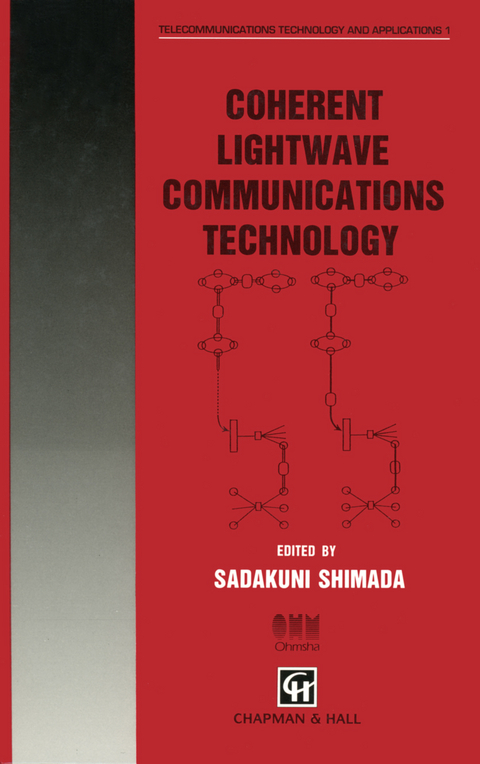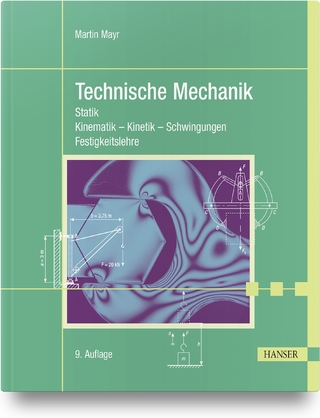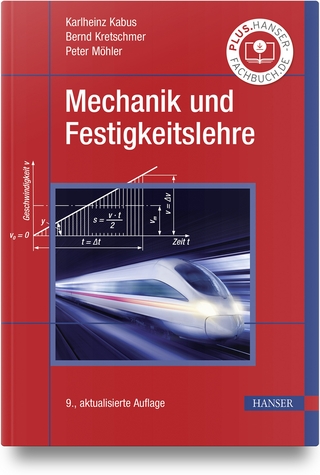
Coherent Lightwave Communications Technology
Chapman and Hall (Verlag)
978-0-412-57940-0 (ISBN)
This book covers a wide range of technical issues relating to lightwave technologies using high coherence lightwaves. Electromagnetic wave communication started when the first wireless system was invented by Marconi in 1895. However, we had to wait about one hundred years to realize a similar technology in the lightwave frequency region. The invention of lasers in 1960 and two technology innovations in 1970 -low loss silica fiber and semiconductor lasers operating at room temperature - promoted the development of fiber-optic transmission systems. The deployment of high-speed long-haul fiber-optic transmission systems has led to the formation of domestic and international trunk networks. The installed fiber cables in local loop plants provide multimedia communication services including broadband video. However, present lightwave communication systems do not fully utilize the fruitful potential oflightwaves, namely the capacity of extremely high frequency electromagnetic information carrier waves. The frequency oflightwaves used for fiber-optic transmission is about 200 THz 14 (2 x 10 Hz), and the frequency bandwidth of the fiber low loss region is about 13 20 THz (2 x 10 Hz). Recent developments of narrow spectrum width semiconduc tor laser and planar optical waveguide devices offer us the possibilities for a new generation of lightwave-based communication systems. This book focuses on system aspects ofthe new generation lightwave communi cation technologies such as optical frequency division multiplexing and coherent detection. Chapter 1 overviews lightwave communication system technology.
1 Introduction to coherent lightwave communications.- 1.1 Coherent light.- 1.2 Historical aspects.- 1.3 The significance of coherent lightwave communication technologies on future telecommunication networks.- 2 Theory of optical coherent detection.- 2.1 Optical heterodyne detection.- 2.2 Optical homodyne detection.- 2.3 Linewidth influence.- 2.4 Receiver sensitivity comparison.- 2.5 Power spectrum.- 3 Coherent transmission technologies.- 3.1 Optical source.- 3.2 Modulators.- 3.3 Fiber dispersion.- 3.4 Fiber nonlinearities (Nori Shibata).- 3.5 Heterodyne receiver (Katsushi Iwashita).- 3.6 Transmission characteristics and delay equalization (Katsushi Iwashita).- 3.7 Polarization compensation (Katsushi Iwashita).- 3.8 Homodyne detection (Katsushi Iwashita).- 4 Optical filters and couplers.- 4.1 Optical filters.- 4.2 Mach-Zehnder interferometer waveguide-type filters (Masao Kawachi).- 4.3 Optical couplers.- 5 Optical frequency division multiplexing systems.- 5.1 Optical frequency stabilization and measurement.- 5.2 Multichannel frequency stabilization.- 5.3 Fiber nonlinear effects in optical FDM systems.- 5.4 Channel selective receiver utilizing heterodyne detection (Hiromu Toba).- 5.5 Channel selective receiver utilizing optical filter and direct detection (Hiromu Toba).- 6 Optical amplifiers for coherent transmission and optical FDM.- 6.1 In-line amplifier systems.- 6.2 Common amplifiers.- 7 Systems applications.- 7.1 Long-haul trunks and submarine communications.- 7.2 Optical FDM networks and switching systems.- 7.3 Optical SDM and TDM networks and switching (Kiyoshi Nosu).- 8 Epilogue.
| Reihe/Serie | Telecommunications Technology & Applications Series |
|---|---|
| Zusatzinfo | 6 Illustrations, black and white; XIII, 258 p. 6 illus. |
| Verlagsort | London |
| Sprache | englisch |
| Maße | 155 x 235 mm |
| Themenwelt | Mathematik / Informatik ► Informatik |
| Naturwissenschaften ► Physik / Astronomie ► Mechanik | |
| Technik ► Elektrotechnik / Energietechnik | |
| Technik ► Nachrichtentechnik | |
| ISBN-10 | 0-412-57940-5 / 0412579405 |
| ISBN-13 | 978-0-412-57940-0 / 9780412579400 |
| Zustand | Neuware |
| Informationen gemäß Produktsicherheitsverordnung (GPSR) | |
| Haben Sie eine Frage zum Produkt? |
aus dem Bereich


